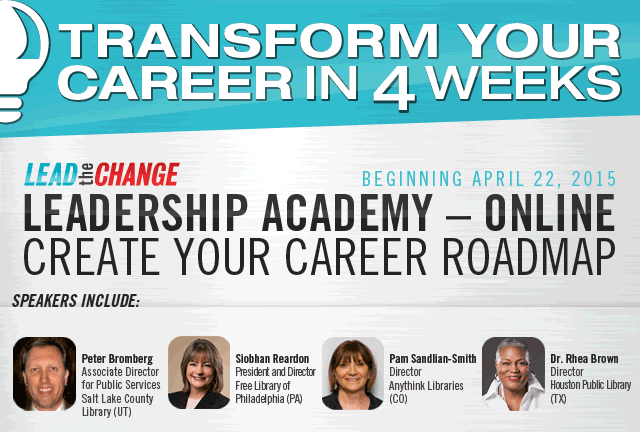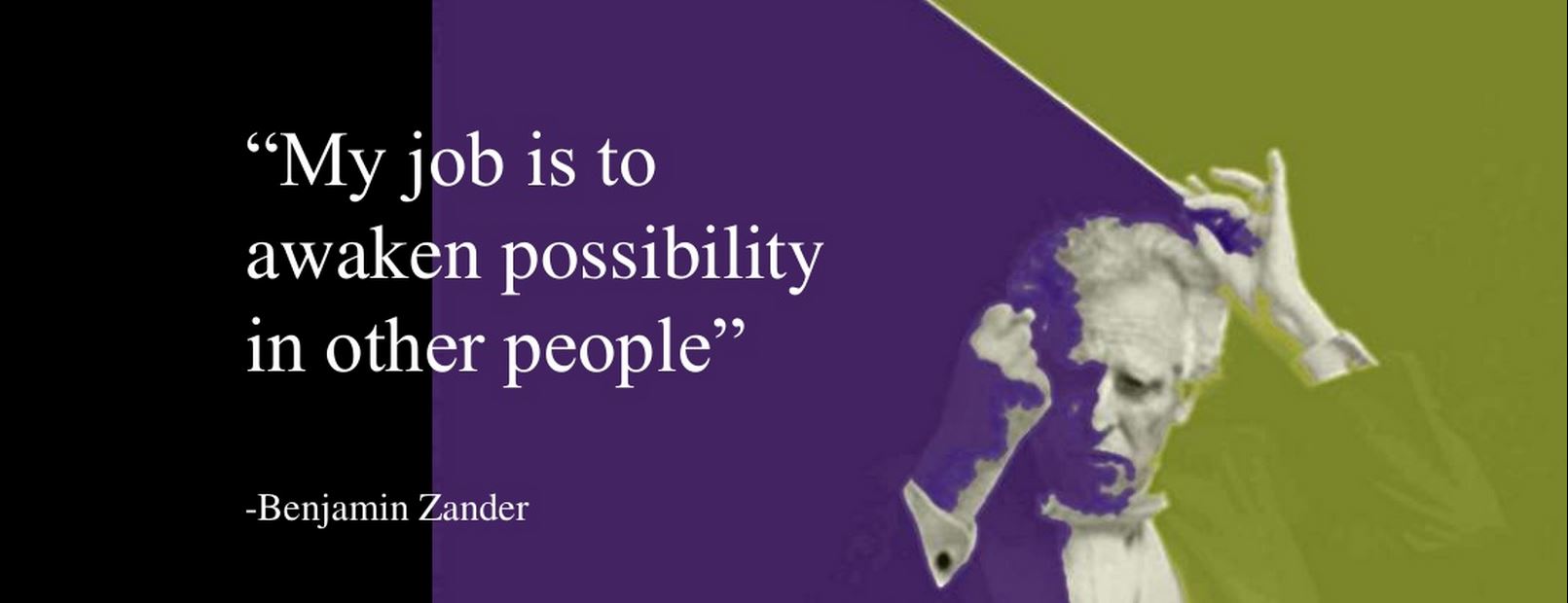Note: This post grew out of an email exchange with colleagues who voiced legitimate questions and concerns about whether makerspaces were an appropriate choice for their library system. The following is my slightly edited (for grammar and clarity) response.
Colleagues,
I agree with you that having a “makerspace” (i.e. designating a specific space to be used only for maker programming) may not be a good choice for a library system, or for any individual branch, due to the great demands on available space. I also agree that it is likely that many current library users are not actively requesting a makerspace.
Putting the idea of makerspaces aside for a moment, I believe that the world is changing at a rapid pace, that the pace of change itself is accelerating, and that it is increasingly true that “what got us here, won’t get us there.” Our core principles and values and mission don’t change, but the techniques and forms we use to bring life to our mission and principles can and must change if we are to be sustained as a funded and relevant organization in the future.
The world is changing, not only rapidly, but at an increasingly accelerated pace. The only way for libraries — or any organizations — are going to remain relevant and sustainable is by developing a habit of continually asking and answering these questions:
- What world are we living in?
- What impact do we want to be having for our customers and community?
- What is most important — what should we be focusing our time, energy and resources on — today?
Another way of putting it is, how do we maximize our limited resources to engage our customers in ways that:
- Are aligned with our mission?
- Are meaningful and valuable to our customers?
- Build on and reinforce the value of libraries to customers and stakeholders?
Get The Mission Right
You’ll notice that the key here is being clear about what our mission is. If we don’t know that, it’s difficult to align our energies and make decisions about resource allocations. While it continues to be generally true that the brand of libraries, as perceived by our customers, is books, and to a lesser extent information , I’d like to suggest that books is not our mission. Information is not our mission And neither books nor information are hooks upon which we want to hang the hat of our future sustainability. All over the country, libraries are finding themselves in battles — not just for funding, but for their very existence — precisely because organized opposition says, “What do we need libraries for anymore – we have kindles, we have Amazon Prime, we have Netflix, we have Wikipedia.” Those messages resonate, and libraries are finding themselves caught by surprise, having their budgets slashed. “What happened?” They’re asking themselves. “People were coming in the doors. They loved us. They loved reading. What happened?”
What happened is these libraries mistook their loyal book-loving customers as loyal supporters. (Side note – The 2008 OCLC “From Awareness to Funding” report strongly suggested that library use does not correlate with library support.) What happened was these libraries thought – and even proclaimed — that their mission was books and information. And the public believed them — and then defunded them because the community didn’t see a need for publicly funded books and information.
So it is important to me that we get the mission right, because the choices we make, and our ability to continue in the long term to make a positive impact in the lives of our customers is riding on it. We’re in the process of having these conversations, and we’ll continue that process in upcoming staff and management discussions.
I’d offer that the mission of libraries is not books (which is a format, a form) or even information, but learning, self-directed exploration and growth, early literacy, stimulation of imagination and curiosity, strengthening of community and civic connections, job readiness and economic development. Any given library might focus on any one of these elements more than others, and perhaps there are additional aspects of the library’s mission beyond the ones listed.
Now. If our mission is about learning, literacy, and community connections, we can ask ourselves: In the world we live in today, 2015 (almost), how do we direct resources and align energies to best help people learn? What does the best research say about how people learn? What about literacy? Literacy has traditionally focused on the printed word. Should we be looking at technological literacy? Literacy after all is a competency, and one that libraries support because traditionally it is the most important competency for people to be active participants in our democracy, and to be functional and productive members in our economy. Are there other competencies that are becoming more important in the 21st century? Many suggest that collaboration, critical thinking, experimental mindset, and self-direction are the important competencies for the 21st century economy. If that’s true, how do we best support children and adults so they have the knowledge and skills they’ll need to succeed in the world and in the economy of 2015 and 2020 and beyond?
Having asked those questions, I invite you to read Buffy Hamilton’s blog post “Makerspaces, Participatory Learning, and Libraries”. Take some time to follow the links. Read “How the Maker Movement is Transforming Education.” Read In the Slate article, “Learning by Making”, in which Dale Dougherty writes,
The maker movement has the opportunity to transform education by inviting students to be something other than consumers of education. They can become makers and creators of their own educational lives, moving from being directed to do something to becoming self-directed and independent learners. Increasingly, they can take advantage of new tools for creative expression and for exploring the real world around them. They can be active participants in constructing a new kind of education for the 21st-century, which will promote the creativity and critical thinking we say we value in people like Steve Jobs.
It’s Not Necessarily About “Makerspaces” It’s About Learning and Connection
I suggest that we not talk about “makerspaces” per se — since space is at a premium, and it can be difficult to carve out too much space to be permanently used for maker activities. But that’s a bit of a red herring. Let’s talk about whether there is value in supporting the maker concept. Is there value in the maker philosophy of learning through doing; of moving from a teaching philosophy that says, “we have buckets of information, we shall pour them into your passively waiting brain” to a learning philosophy that says, “Here is a platform to support your curiosity, your wonder, and your exploration. Here is a member of the community to mentor you. Together we will explore, learn, and share, through trying, doing, failing, and creating.” Is there value in the maker philosophy of bringing in community members, cross-demographic and cross-generational, to mentor and support each other? Do these things align with our mission and values? And if so, can we find ways of using our existing spaces more flexibly and adapt them to different needs at different times? Should we find ways to fund maker activities, whether through reallocation of funds or identification of new funds through grants or partnerships? I think we should.
We Need To Do More Than Respond to Customer Needs
One last point. Meeting our customer’s needs and being responsive to what they ask for is clearly important. However, being responsive to requests is only part of the equation. In my experience, whether or not a customer is asking for a specific service or product is not always a good indication of whether they will value it once it is offered. Who was asking for an OPAC before we had one? Who asked for networked computers? Who asked for the Internet? If we go back far enough we could probably ask, “Who asked for storytimes?” In my nine years of programming continuing education classes for a multitype library cooperative, the most popular classes — the ones where registration filled within the first hour — were CONSISTENTLY the ones that no one asked for; classes on topics such as Twitter, social bookmarking, blogging, effective presentations, etc. People asked for advanced excel classes, book repair, Reader’s Advisory, and these classes would get low to middling turnout.
I learned that what people ask for is constrained by the limits of their own imagination and expectations, and that while it was important for me to be responsive, it was often more valuable to my customers to pay attention to trends and anticipate the class/offering that they didn’t even think to ask for.
We Need To Shift Customer Expectations
I believe the same principle applies generally to library services. Our customers have an expectation or a perception of what a library is and what we could or should be offering. It is our responsibility to add value to their lives by anticipating things we could be doing, aligned with our mission, that will surprise and delight them. Our job is to help shift their perceptions and expectations about what a library is or could be in their lives, and in the lives of their family and community. And in shifting those perceptions we simultaneously deliver on the promise of our mission while also positioning the library as an indispensable presence in the community, and strengthening our position with our funders, and improving the long-term sustainability of the organization.






